and the distribution of digital products.
Will You Face Superhuman Opponents at the Next Olympics?
\
So the Olympics just ended…So the Olympics just ended with a lot of controversies. From the disastrous opening ceremony to how clean and safe the Seine was for swimming, the thing that sparked the most heated arguments, where people insulting each other, creating huge conspiracy, harassing and bullying each other, etc.
\ Imane Khelif, a promising Algerian boxer, was poised to make her mark at the Paris Olympics. Her journey, however, was sullied with huge controversy.
\
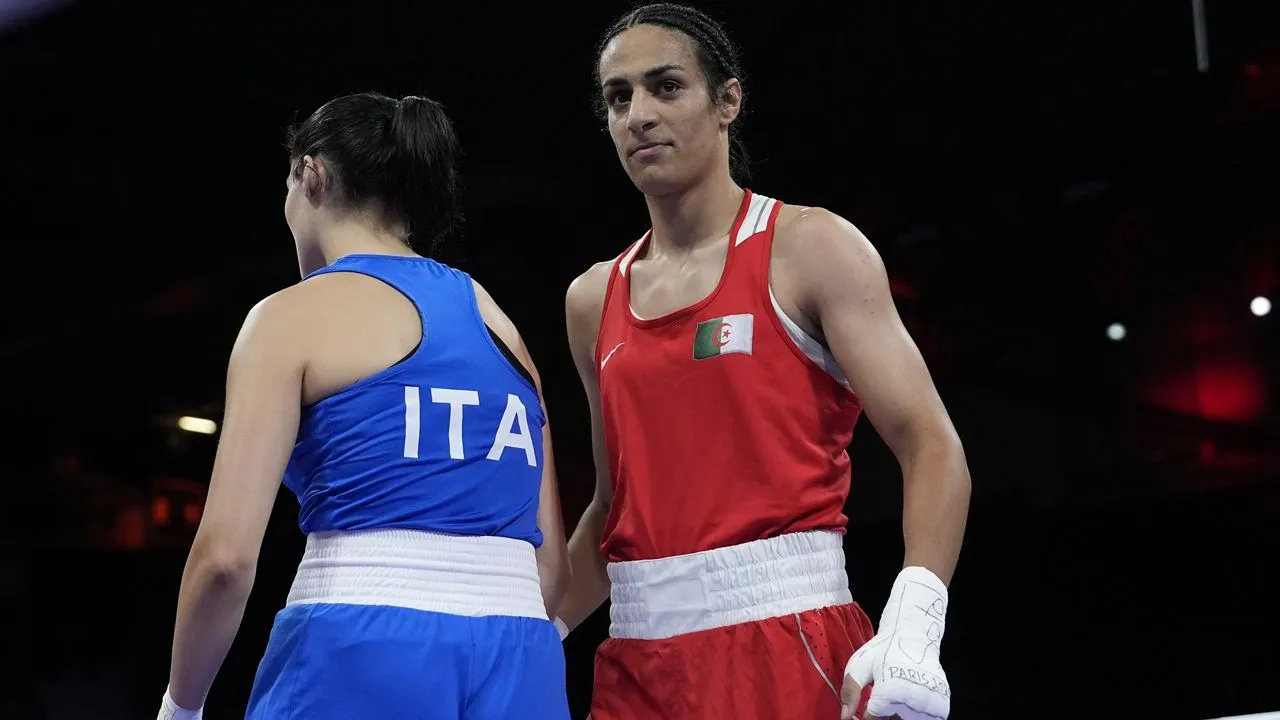
\ Imane Khelif won a women's boxing match in only 46 seconds after Italy's Angela Carini decided to stop fighting. She had been punched so hard by Khelif that she was in too much pain to continue, according to Italian coach Emanuele Renzini.
\ At first, she was subjected to accusations of being transgender. The rumors gained traction on social media, fueled by notable figures like Elon Musk and J.K. Rowling. The situation led to significant online harassment and misinformation about her gender identity.
\
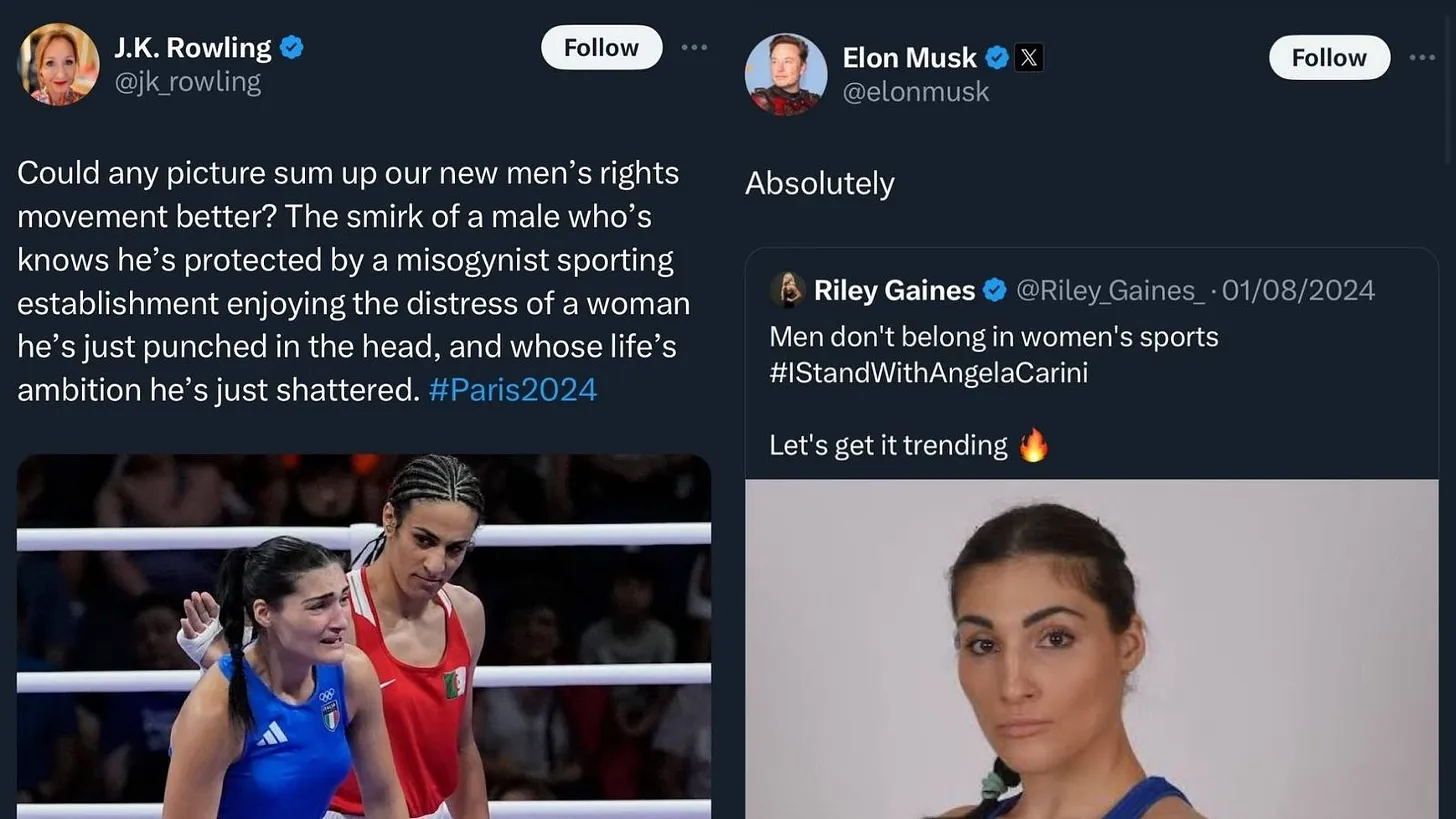
\ It was revealed that she had elevated testosterone levels, which the International Olympic Committee (IOC) deemed outside the acceptable range for female athletes. The decision to bar her from competition sparked a shitstorm of debate.
\ Supporters of the IOC's decision argued that allowing Khelif to compete would create an uneven playing field, undermining the principle of fairness in sports. They contended that her natural testosterone levels gave her a distinct physical advantage over her competitors, challenging the integrity of women's sports.
\ On the other hand, Khelif’s defenders viewed the decision as discriminatory and rooted in outdated notions of gender. They argued that natural biological diversity should be embraced, not penalized and that targeting athletes like Khelif reinforced harmful stereotypes and ignored the complexities of human biology.
\ Relating to her case, Differences in Sex Development (DSD) refer to conditions where an individual's genetic, chromosomal, or anatomical sex does not fit typical binary definitions of male or female.
\ These conditions often arise due to variations in genes that influence sex differentiation, such as mutations affecting hormone production or response. DSDs can lead to a range of physical characteristics that don't align with standard male or female classifications, hence the controversy around Imane Khelif’s gender.
\ Imane Khelif's case is not the first time genetic advantages have sparked debate in the world of sports. The controversies surrounding athletes like Simone Biles, Michael Phelps, and Usain Bolt provide a broader context for understanding how genetic factors can influence athletic performance and the complex ethical questions they raise.
\
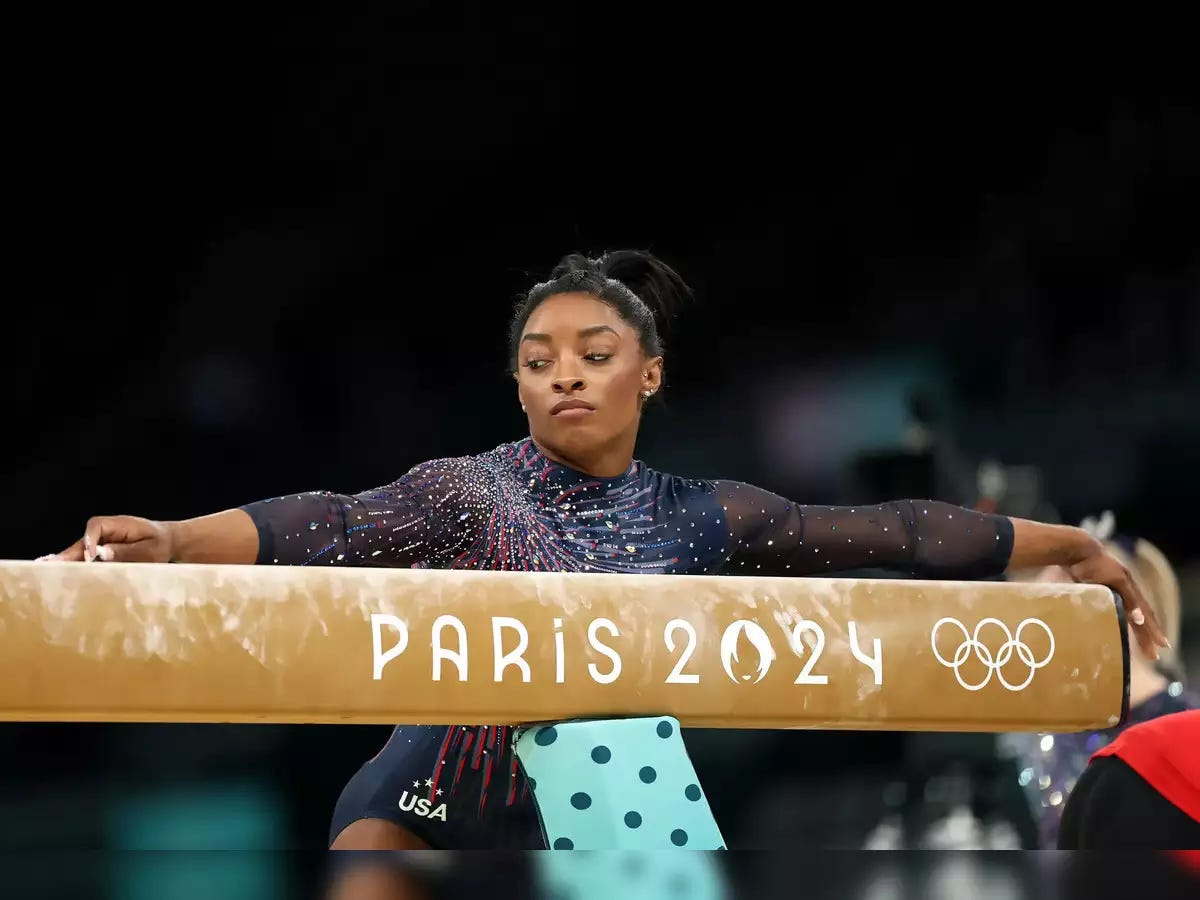
\ Simone Biles, often hailed as the greatest gymnast of all time, has physical traits that give her a distinct advantage in her sport. Her compact, powerful frame allows her to perform gravity-defying routines that others simply cannot match.
\
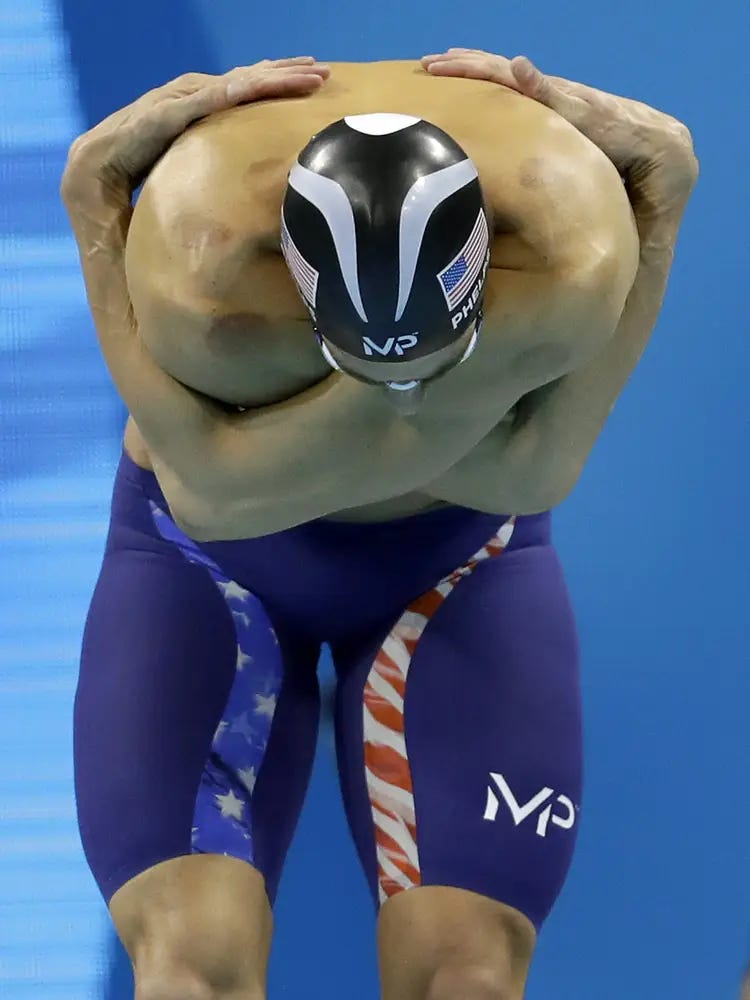
\ Similarly, Michael Phelps, with his extraordinary wingspan, double-jointed ankles, and unusually high lung capacity, was practically built to dominate the swimming pool.
\
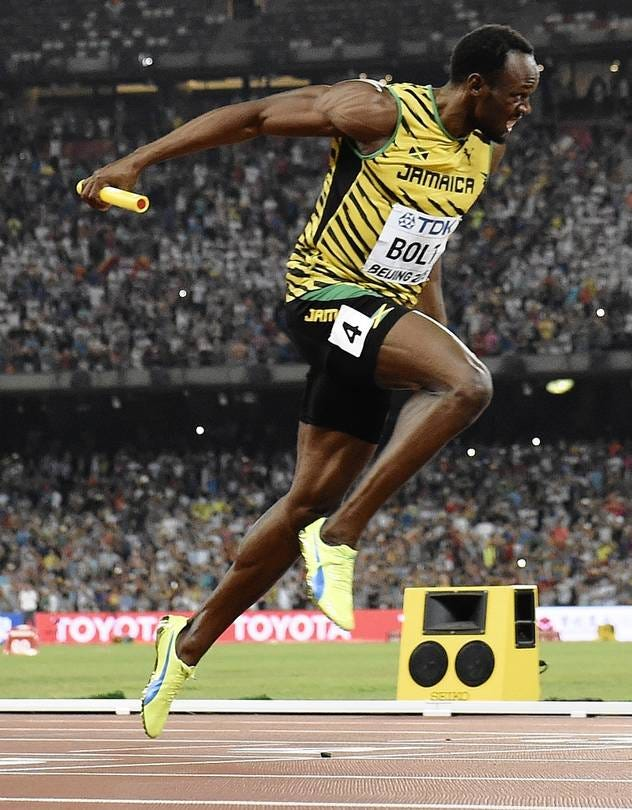
\ Usain Bolt, the fastest man in history, possesses a rare combination of fast-twitch muscle fibers, long legs, and a unique stride that allowed him to leave his competitors in the dust.
\ The case of these superhumans has reignited a long-standing debate about the role of genetic advantage in competitive sports, pushing the conversation beyond the boundaries of fairness into the complex intersection of biology, ethics, and identity. As athletes continue to break records and achieve feats that were once deemed impossible, it's becoming increasingly evident that natural genetic advantages play a significant role in their success. This raises uncomfortable questions about the very nature of competition: Is it truly a level playing field when some competitors are endowed with genetic traits that give them a clear edge?
\ Moreover, as our understanding of genetics deepens, we're beginning to explore the potential of enhancing human capabilities through scientific means—ushering in the era of "superhumans."
\
"I was built this way for a reason, so I’m going to use it."
- Simone Biles
\ As we celebrate the extraordinary feats of athletes like Biles, Phelps, and Bolt and grapple with the controversies surrounding figures like Khelif, we must ask:
\ How will the growing understanding of genetics, and the potential for enhancement shape the future of competitive sports?
\ Will the Olympics become a stage for "superhumans," and how will we define fairness in this new era?
\
1. the evolution of athletic performanceIn ancient times, the pursuit of excellence in sports was a matter of honor, with athletes competing for glory under the gaze of the gods. The first Olympic Games in 776 B.C. in Olympia, Greece, marked a significant beginning. Athletes competed in simple events like running, wrestling, and discus throwing, relying solely on their natural ability, rudimentary training, and sheer determination.
\ The marathon, inspired by the legend of Pheidippides, was an early testament to human endurance, even if the distances covered and times achieved were far less than what modern athletes accomplish. Centuries passed, and as society evolved, so did the understanding of the human body.
\ By the 19th century, with the advent of the Industrial Revolution, new training methods and a deeper understanding of physiology began to emerge. The revival of the Olympic Games in 1896 brought together athletes from around the world, who now had access to better training facilities and more specialized coaching. The times recorded in sprints and long-distance races were steadily improving, but the records of the time still seem modest by today’s standards.
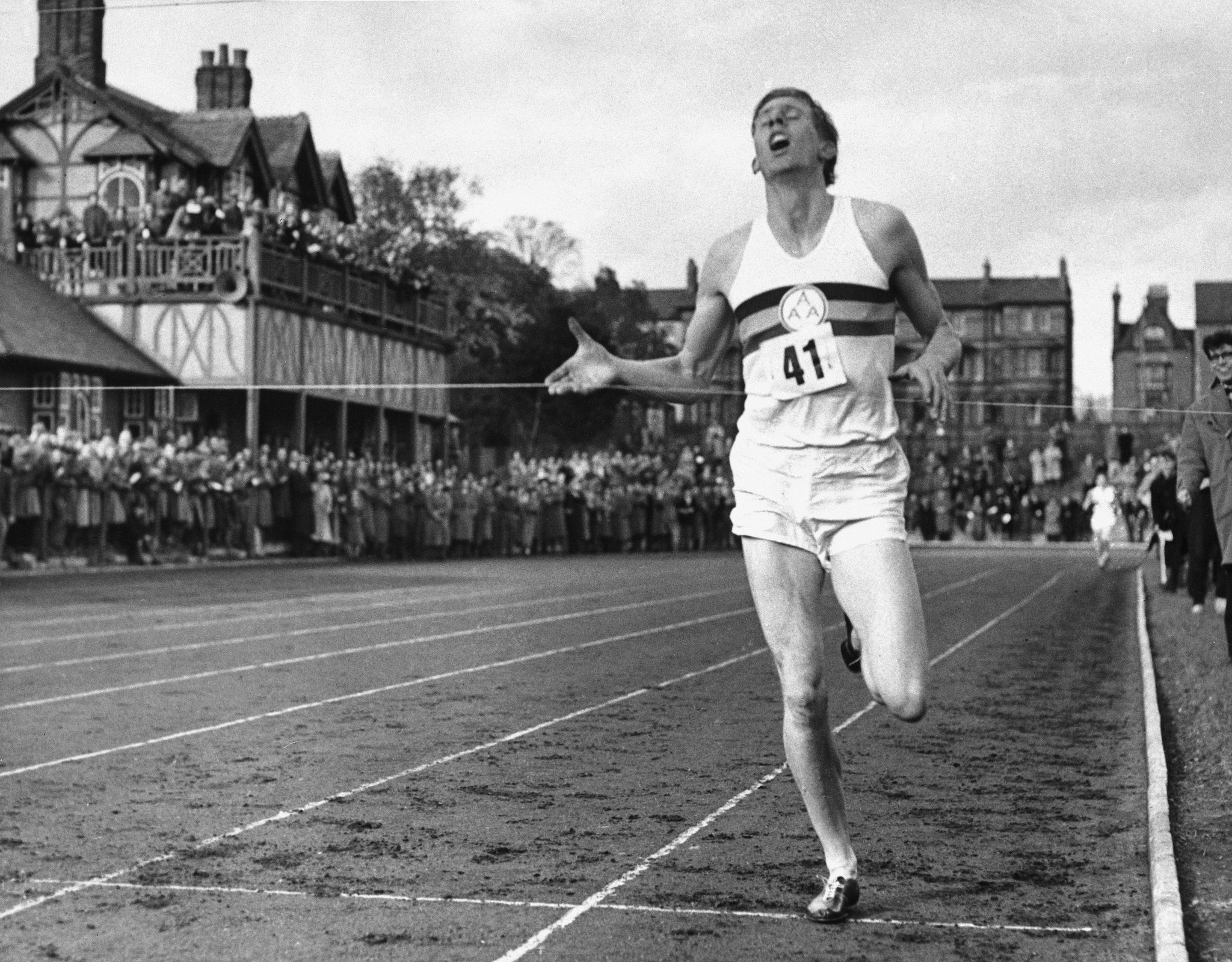
\ As the 20th century unfolded, so did the scientific study of sports. The 1954 breaking of the four-minute mile by Roger Bannister was a milestone that had once seemed impossible. Bannister’s achievement was not just a triumph of the human spirit but also of modern training methods and an understanding of pacing and strategy. This era also saw the rise of sports medicine, nutrition, and psychology, further enhancing athletic performance.
\ The post-World War II period was particularly transformative. As nations sought to showcase their superiority, investments in sports science and training intensified. The Cold War era saw the development of more sophisticated training regimes, and the introduction of early performance-enhancing drugs, though controversial, highlighted the lengths to which athletes and nations would go to achieve victory.
\ The late 20th century brought technological advancements that further pushed the boundaries. Synthetic tracks, lightweight footwear, and aerodynamic clothing reduced resistance and improved speed. The 1988 Seoul Olympics, for instance, saw sprinters wearing specially designed bodysuits that reduced wind drag. Meanwhile, in swimming, the development of faster swimsuits and refined techniques led to an era of record-shattering performances.
\ Entering the 21st century, the convergence of technology, data analytics, and genetics has taken athletic performance to even higher levels.
\ Athletes today are not just stronger and faster but, most importantly, more efficient. They train using cutting-edge biomechanical analysis, tailor their diets to their specific needs, and use wearable technology to monitor every aspect of their performance in real time. High-altitude training, hyperbaric oxygen therapy, and cryotherapy are just a few of the advanced techniques now commonplace among elite athletes.
\ At the Tokyo 2020 Olympics, despite the challenges posed by the global pandemic, records continued to fall. The games showcased how far humanity had come in understanding and optimizing physical performance. In events like the marathon, sprinters, and swimming, the difference between gold and silver was often a matter of milliseconds, highlighting the razor-thin margins that now define success.
\
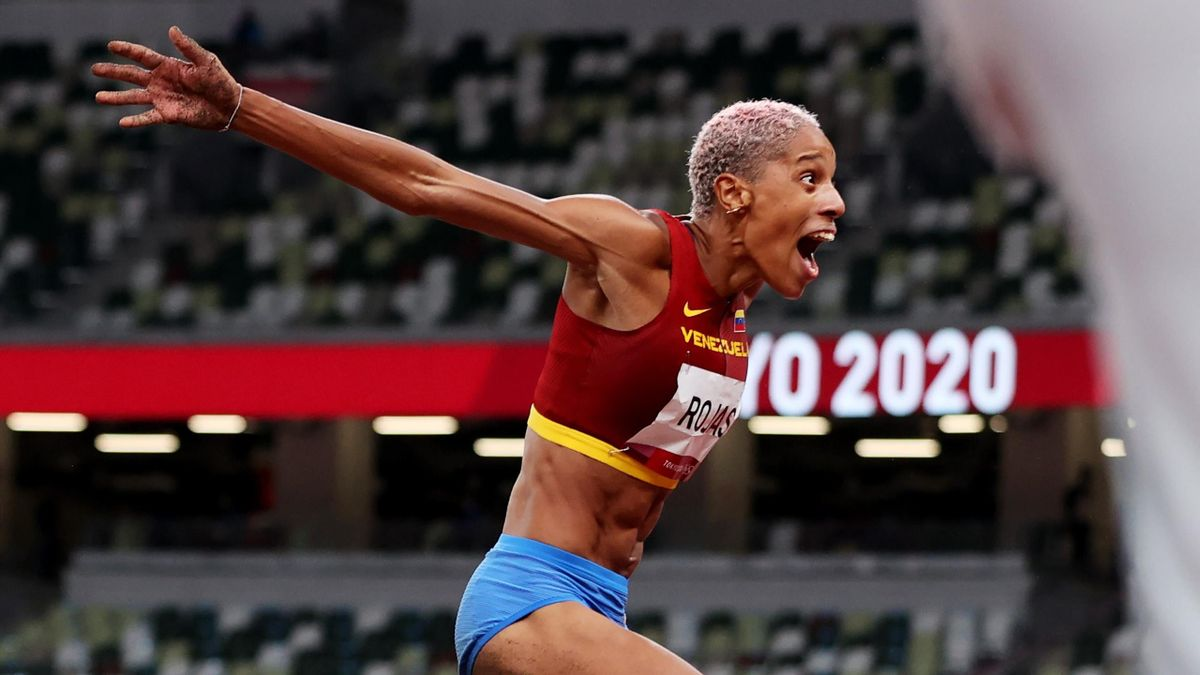
\ Yet, the story of athletic performance is not just about records and technology. It’s also about the spirit of human endeavor—the relentless pursuit of improvement and the refusal to settle for anything less than the best. As we look to the future, with discussions around the use of genetic engineering and AI-assisted training, the horizon of what’s possible in sports continues to expand.
\ But even as athletes continue to push the limits, the essence of sports remains unchanged: the joy of competition, the thrill of achievement, and human’s never-ending quest to see just how far we can go.
\ Athletes like Roger Bannister, who broke the four-minute mile in 1954, exemplified the breakthroughs of their time. But as training, nutrition, and technology continue to advance, today's athletes are reaching levels of performance that would have been considered superhuman in Bannister's era. As we move forward, the interplay between human biology and these advancements will continue to redefine the limits of athletic achievement.
\ Natural genetic advantages play a significant role in determining success in sports, as certain physical traits can give athletes a clear edge in their respective disciplines.
\
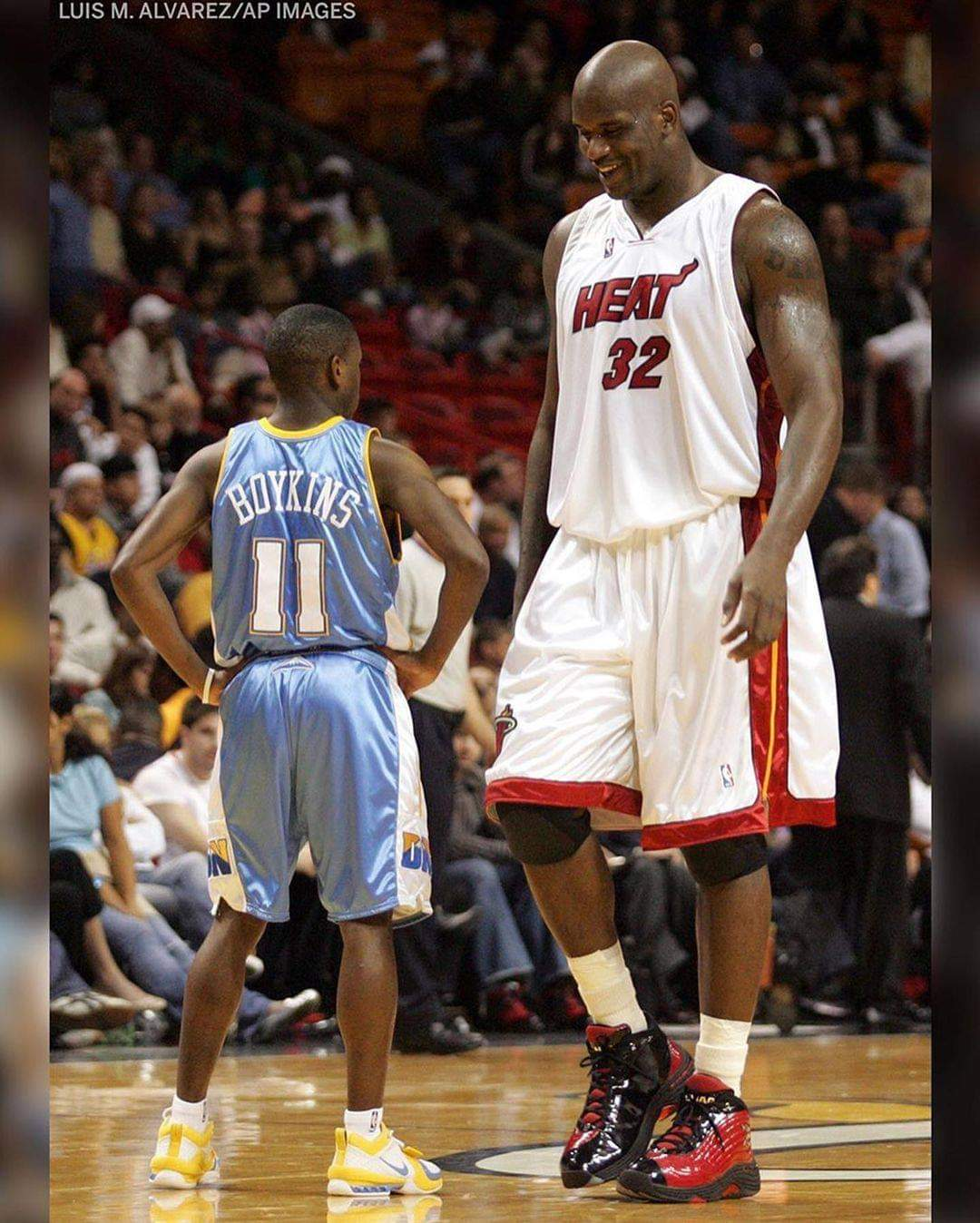
\ For example, height is a crucial factor in sports like basketball and volleyball, where taller athletes like LeBron James or Shaquille O'Neal can dominate due to their ability to reach and shoot over opponents.
\ Muscle composition is another key factor; sprinters like Usain Bolt benefit from a higher proportion of fast-twitch muscle fibers, which allow for explosive speed and power. Additionally, endurance athletes like marathon runners or cyclists often have a naturally high VO2 max, which measures the body’s ability to utilize oxygen during intense exercise, giving them the stamina to maintain high performance over long distances.
\ These genetic traits are gifts of nature, but with the advent of gene editing technologies like CRISPR, the potential to enhance or even engineer these abilities is becoming a reality.
\ Gene editing could allow future athletes to modify their genetic makeup to enhance muscle growth, increase endurance, or even adjust their height. The prospect of "designing" athletes with superior physical traits raises profound ethical questions about the nature of competition and fairness. If gene editing becomes part of the athletic landscape, we may need to reconsider the very foundation of what it means to be a competitor in sports. Will we celebrate these enhanced athletes as the next evolution of human potential, or will we see them as products of technology rather than natural talent?
2. genetic enhancement is already in our hands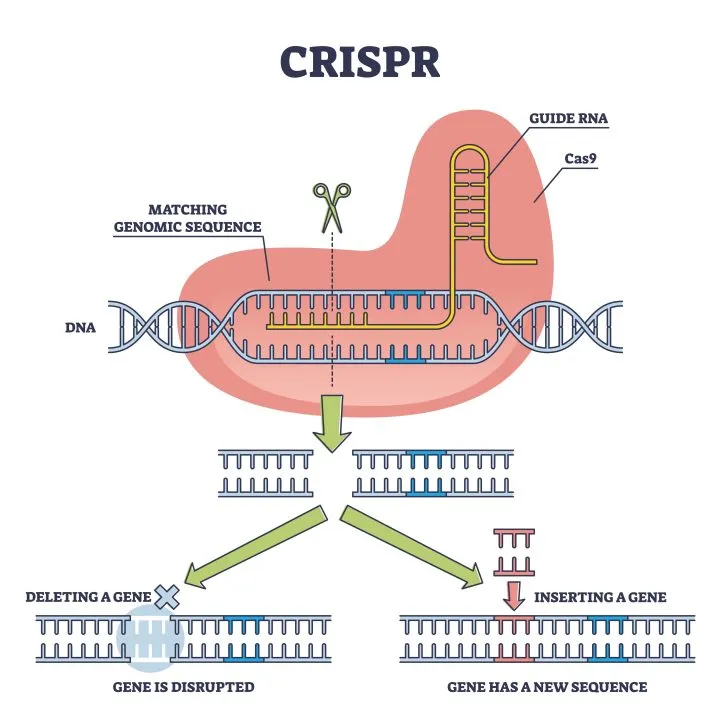
\ CRISPR, short for Clustered Regularly Interspaced Short Palindromic Repeats, is a groundbreaking gene-editing technology that has revolutionized our ability to modify DNA within living organisms.
\ Originally discovered in bacteria as a natural defense mechanism against viruses, CRISPR has been adapted for use across various fields, including medicine, agriculture, and potentially sports. The technology functions like molecular scissors, allowing scientists to cut and paste segments of DNA with remarkable precision.
\ This process involves a protein called Cas9, which can be guided to specific locations within the genome to make targeted changes, effectively enabling the rewriting of the genetic code.
\ Beyond CRISPR-Cas9, other gene-editing technologies like TALENs (Transcription Activator-Like Effector Nucleases) and Zinc Finger Nucleases (ZFNs) have also been developed; while similar, are overshadowed by CRISPR.
\ These technologies collectively represent a powerful toolkit for manipulating the genetic underpinnings of biological traits.
In the realm of sports, the potential applications of gene editing are both exciting and controversial. CRISPR could be used to enhance physical attributes that are crucial for athletic success, pushing human performance beyond its natural limits.
\ For instance, by targeting genes responsible for muscle growth, such as the myostatin gene, CRISPR could be employed to significantly increase muscle mass and strength, potentially creating athletes with superhuman power.
\
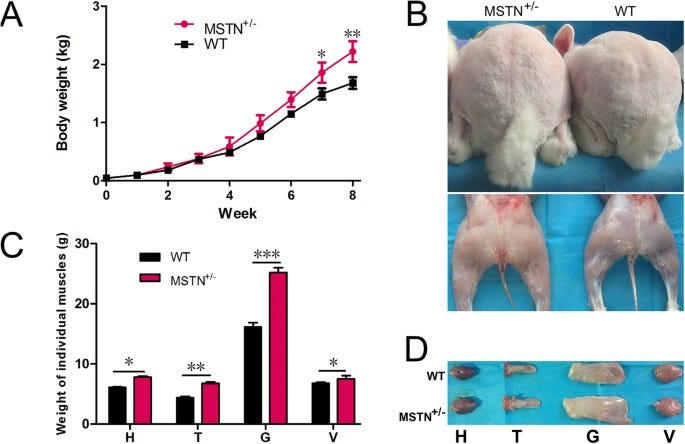
\ Similarly, by editing genes that influence muscle composition, such as those that determine the ratio of fast-twitch to slow-twitch fibers, CRISPR could enhance speed, enabling athletes to run faster and react quicker. Basically, this is a realistic Captain America serum for our time.
Endurance, another critical factor in many sports, could also be boosted through gene editing. By modifying genes that regulate oxygen uptake (VO2 max) or lactate production, CRISPR could enhance an athlete's ability to sustain peak performance over longer periods, making them nearly unstoppable in endurance competitions. While these possibilities are intriguing, they also raise profound ethical questions.
\ Gene editing is subject to complex regulations worldwide, with varying degrees of restrictions depending on the application. Human germline editing, which involves altering DNA in embryos, sperm, or eggs and can be passed on to future generations, is widely restricted or banned in many countries due to ethical concerns and potential risks. The European Union prohibits it, and the U.S. FDA is barred from reviewing applications involving germline modifications.
\
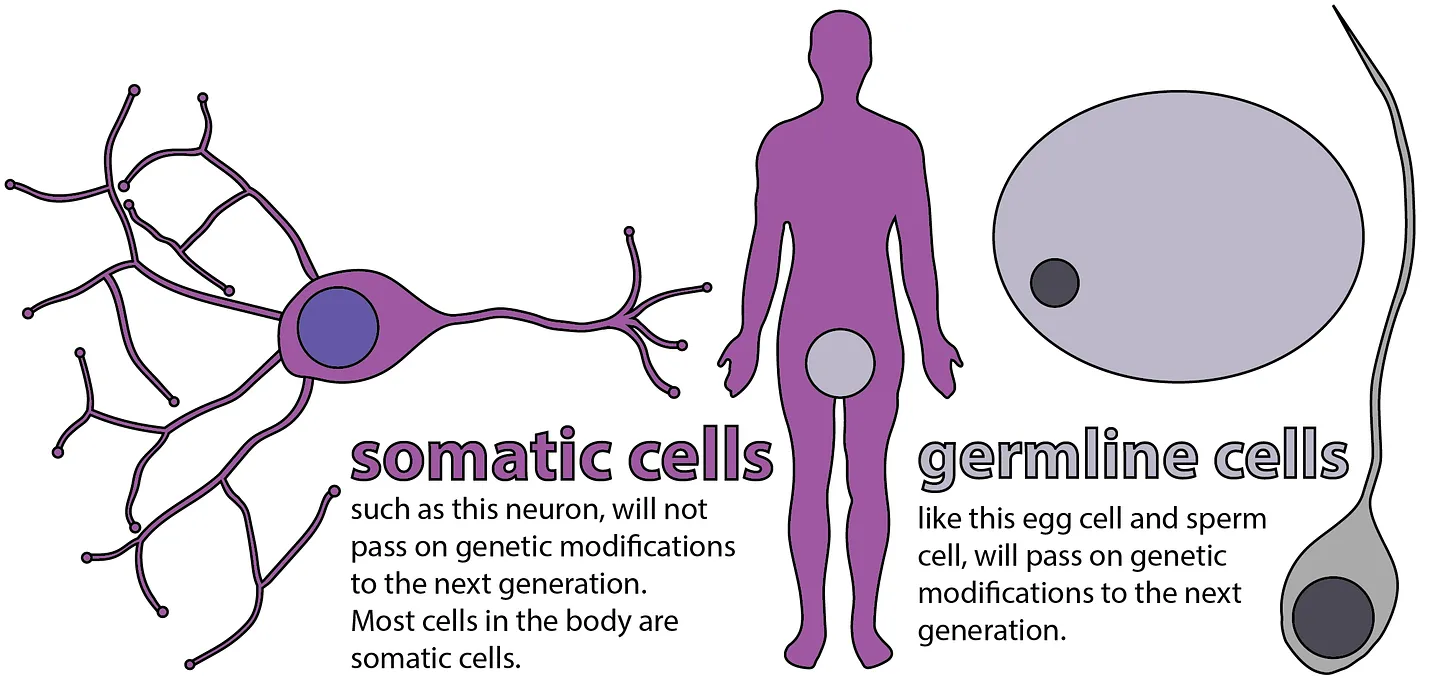
\ In contrast, somatic cell editing, which affects only the individual and is not inherited, is more widely accepted and is being explored for treating diseases like cancer and sickle cell anemia, though it is still regulated. In agriculture and animal applications, gene editing is generally less restricted, though safety and environmental impact regulations still apply. Overall, gene editing is not outright banned but is tightly controlled, especially when it involves human genetics, and it’s definitely not yet used for sports purposes.
3. more of a moral problem than a technical problemThe debate over whether genetically enhanced athletes would have an unfair advantage over natural athletes is complex and multifaceted, raising critical questions about fairness, ethics, and the future of competitive sports.
for the genetically enhancedThose who regard genetic enhancement as a morally acceptable practice and therefore should not be banned from sports. For them, the use of performance-enhancing methods is justified because it aligns with the idea that a central purpose of sport is to strive to be better, or, more broadly, it aligns with a natural human impulse to create tools to achieve our goals.
\ For instance, Savulescu et al. argue:
\
‘Far from being against the spirit of sport, biological manipulation embodies the human spirit – the capacity to improve ourselves on the basis of reason and judgment’.
Pro-genetic-enhancement arguments typically rely on the claim that this act is morally equivalent to the use of other sports technology or medical interventions that are widely accepted in sport (e.g., cushioned running shoes, graphite tennis rackets, or Lasik eye surgery). If we are willing to allow their use, so the argument goes, then it would be irrational to preclude the use of other performance-enhancing methods.
From this perspective, if all athletes had access to similar genetic enhancements, the playing field could be levelled, with performance differences stemming from the quality of the enhancements rather than their absence.
\ However, this assumes that genetic enhancements would be accessible and affordable to all, which hardly seems to be the case. The potential for creating genetic divides could exacerbate existing inequalities, making it difficult for athletes from less privileged backgrounds to compete on equal terms.
against the genetically enhancedThe anti-genetic-enhance side argue that restriction on the use of such performance-enhancing methods are justifiable. They typically appeal to any of the following arguments:
argument 1: performance enhancement runs counter to the intrinsic nature of sport by undermining its central purpose—the cultivation and display of sporting excellence.Genetic enhancement has the potential to significantly widen the gap between wealthy and underprivileged athletes, further entrenching existing disparities in sports and beyond. As advanced genetic technologies become more accessible, they may disproportionately benefit those with the financial means to afford them, leading to an uneven playing field where only the affluent can take advantage of cutting-edge enhancements.
\ Wealthy athletes and sports organizations are likely to have greater access to advanced genetic enhancements, including personalized training programs and state-of-the-art genetic interventions.
\ This financial advantage could allow them to achieve superior performance levels and gain a competitive edge. In contrast, underprivileged athletes may lack the resources to access these technologies, leading to a widening gap in performance and opportunity. This disparity could perpetuate a cycle where only those with financial means can compete at the highest levels, further marginalizing talented athletes from less privileged backgrounds who cannot afford genetic enhancements.
\ The potential for genetic discrimination is another concern as genetic enhancements become more prevalent. Recruitment and training practices in sports could begin to favor those with enhanced genetic profiles, leading to discrimination against athletes who do not possess these traits. For instance, scouts and coaches might prioritize genetically enhanced individuals, making it more difficult for naturally talented athletes to secure positions or opportunities. This could create a scenario where genetic predispositions, rather than skill, hard work, or dedication, become the primary criteria for selection and advancement in sports.
argument 2: performance enhancement undermines the fairness of competition by granting users an undue advantage, thereby disrupting the level playing field.Enhanced athletes, with their modified genetic traits, could achieve physical feats far beyond those of naturally gifted competitors. This disparity could undermine the principles of equal opportunity and meritocracy that are foundational to sports. Critics argue that allowing genetic enhancements would effectively create a tiered system of competition where natural athletes are left behind by those with access to advanced genetic technologies.
argument 3: performance enhancement is inherently unethical as it reflects a morally flawed character or breaches core moral principles like authenticity or natural integrity.The concept of "designer babies"—genetically engineered to possess specific traits or abilities—raises profound ethical concerns. The idea of selecting or modifying genetic traits for athletic prowess or other characteristics introduces questions about equity, consent, and the very nature of human development.
\ There are concerns that such practices could lead to a society where genetic enhancements become the norm, creating disparities between those who can afford or access such technologies and those who cannot. This could exacerbate social inequalities and lead to new forms of discrimination.
\ Moreover, the ethics of making decisions about an unborn child's genetic traits involve complex considerations about parental choice, the potential for unintended consequences, and the child’s right to an unaltered genetic identity.
argument 4: performance enhancement is harmful to participants.In the short term, genetic enhancement can pose a range of health risks. The process of editing genes is complex and not fully understood, which introduces the potential for unintended consequences. For instance, altering a single gene might have cascading effects on other unrelated genetic functions, potentially leading to unforeseen health issues.
\ Short-term risks could include immune system reactions, increased susceptibility to infections, or other adverse effects resulting from the manipulation of genetic material. As seen in early clinical trials of gene therapies, unexpected outcomes and side effects can occur, highlighting the need for rigorous testing and monitoring.
\ The long-term health risks are even more challenging to predict. The impact of genetic modifications on long-term health, including potential impacts on aging, disease susceptibility, and overall well-being, remains largely unknown.
\ For instance, enhancing muscle growth or endurance could have unknown effects on cardiovascular health or metabolic processes over time. Additionally, modifications that are beneficial in the short term might have delayed negative effects, such as an increased risk of cancer or other genetic disorders. The long-term safety of genetic enhancements is still an area of active research, and without comprehensive longitudinal studies, it is difficult to fully assess the potential risks.
\ Furthermore, the use of genetic information could lead to privacy issues and ethical concerns about how genetic data is used and shared. There is a risk that genetic profiles could be exploited for competitive advantage, and athletes might face pressure to undergo genetic modifications to remain competitive. This could also impact the fairness of competition, as athletes who opt not to or cannot afford genetic enhancements could be unfairly disadvantaged.
\ Ultimately, while the potential benefits of genetic enhancement in sports are enticing, they must be weighed against the possible health risks and ethical implications. As science progresses, a balanced approach that considers both the potential for human enhancement and the preservation of health and ethical standards will be essential.
4. the future of sport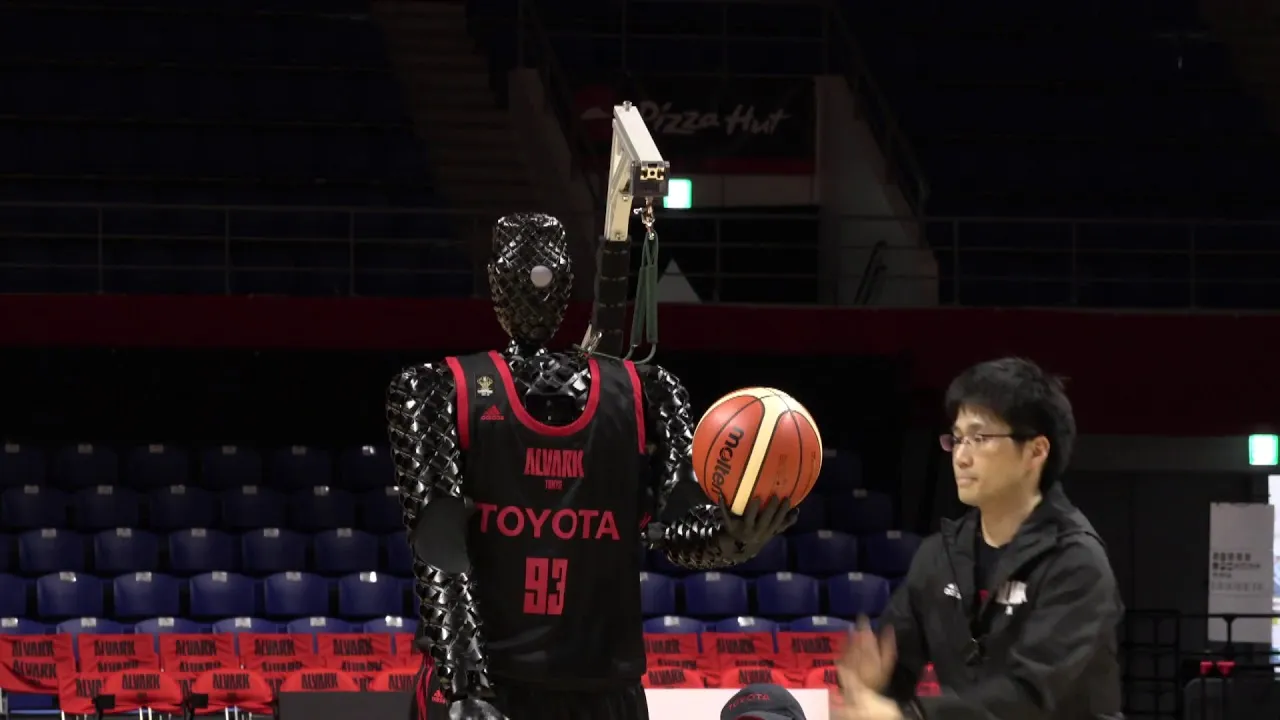
The advent of genetic enhancement in sports presents a host of regulatory challenges that sports governing bodies will need to address to ensure fairness, safety, and integrity in competition. As genetic technologies evolve, the development and implementation of effective regulations will be crucial in shaping the future landscape of competitive sports.
potential regulations:a. bans on genetic enhancements:
One approach could be to implement outright bans on genetic modifications for competitive purposes. Similar to how performance-enhancing drugs are prohibited, sports organizations might prohibit any genetic interventions that provide an unnatural advantage. This would require rigorous testing and monitoring to detect any forms of genetic enhancement, along with the development of standards for what constitutes acceptable genetic interventions.
b. certification and approval processes:Another regulatory measure could involve creating certification and approval processes for genetic technologies. Sports governing bodies could establish guidelines for the use of genetic enhancements, ensuring that any interventions meet safety standards and do not provide unfair advantages. This might include requiring genetic enhancements to be tested and approved by independent regulatory agencies before being used in competitive sports.
c. separate categories for enhanced athletes:To address the potential unfairness, one proposed solution is to create separate categories for enhanced and non-enhanced athletes. This would allow genetically enhanced athletes to compete in their own category, ensuring that those who choose not to or cannot afford enhancements are not unfairly disadvantaged.
\ Separate categories could also help preserve the integrity of traditional sports while accommodating the advancements in genetic technology. For example, competitions could have divisions for athletes who undergo genetic modifications and those who compete under natural conditions. This approach might help balance fairness and innovation, ensuring that advancements in science do not erode the fundamental principles of sport.
d. equity and access regulations:Ensuring equitable access to genetic enhancements could also be a focus of regulation. This could involve creating policies that make genetic technologies more accessible to all athletes, regardless of their financial status. Regulations could also be designed to prevent genetic enhancements from becoming a tool for deepening existing inequalities, ensuring that all athletes have a fair opportunity to compete.
\ Overall, no matter what regulatory landscape we take for genetic enhancements in sports, it will significantly influence how competitive athletics evolve from that point onwards. Effective regulations will be essential to maintaining the integrity and fairness of sports while accommodating advancements in genetic science.
\ As we reflect on the role of genetic enhancement in the future of sports, we face a pivotal question: is genetic enhancement an inevitable part of sports evolution, or should it be resisted to preserve the integrity of athletic competition?
\ The advancements in genetic science offer the tantalizing prospect of pushing human performance to unprecedented levels, potentially revolutionizing the way we understand and engage with sports. However, this possibility also brings significant challenges related to fairness, equity, and the fundamental values of competition.
\ On one hand, embracing genetic enhancement could lead to exciting new frontiers in athletic achievement, offering athletes the opportunity to push beyond current limits and explore the full potential of human capability. It could foster innovations in training and recovery, providing new tools for athletes to enhance their performance in ways previously thought impossible.
\ On the other hand, allowing genetic enhancements could exacerbate existing inequalities, creating a scenario where only those with access to advanced technologies can compete at the highest levels. This raises concerns about the fairness of competition and the potential for genetic discrimination. The essence of sport, grounded in natural talent and hard work, might be overshadowed by a new era of technologically driven performance.
\ As we consider the future of sports, it's important to ask: How can we balance the pursuit of human excellence with the need to maintain fairness and integrity in competition? What safeguards can be put in place to ensure that advancements in genetic science enhance rather than undermine the spirit of sport?
- Home
- About Us
- Write For Us / Submit Content
- Advertising And Affiliates
- Feeds And Syndication
- Contact Us
- Login
- Privacy
All Rights Reserved. Copyright , Central Coast Communications, Inc.